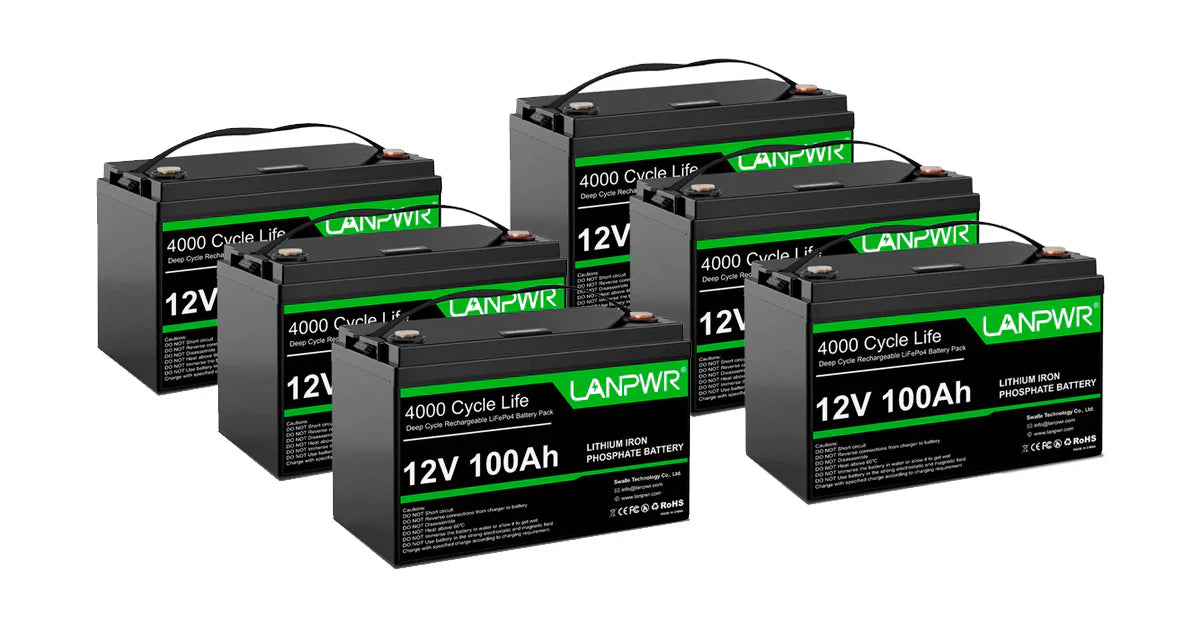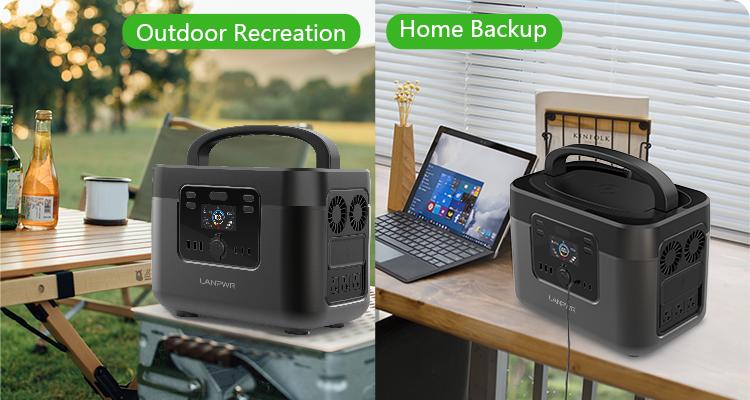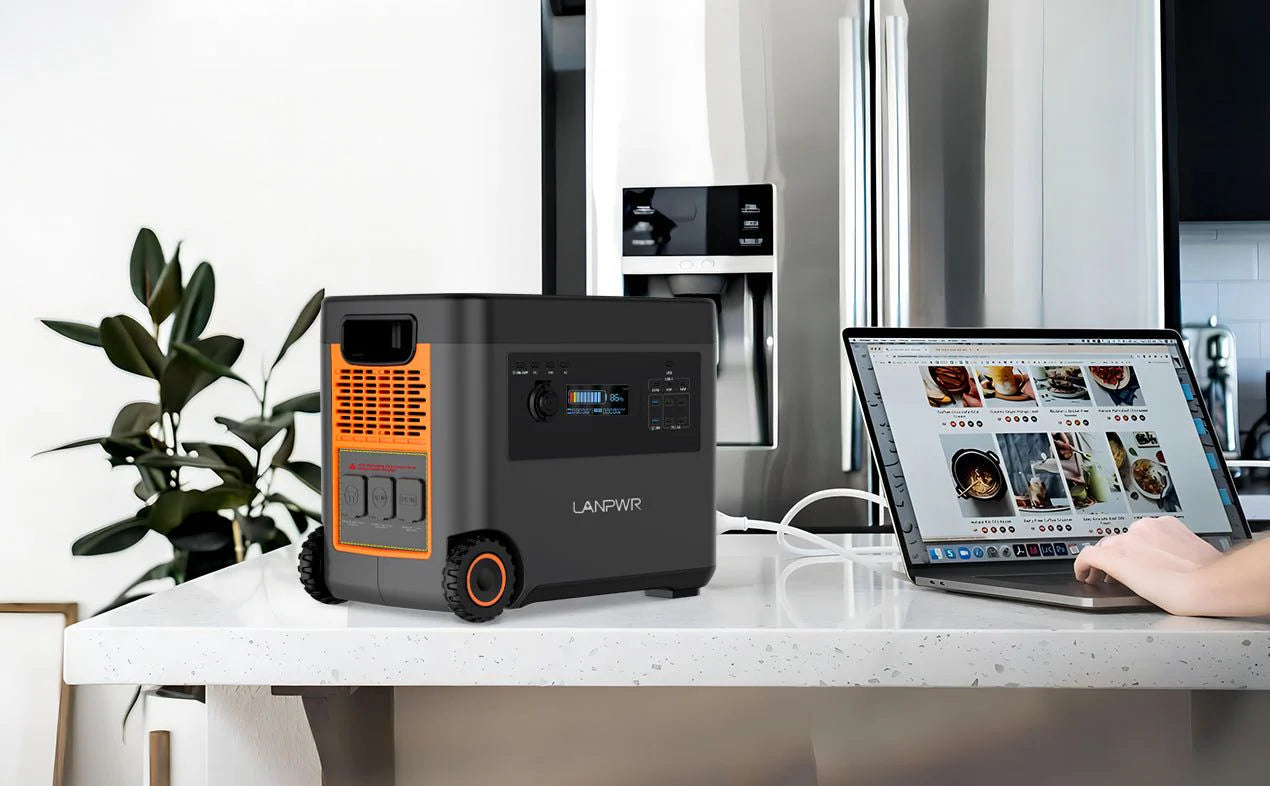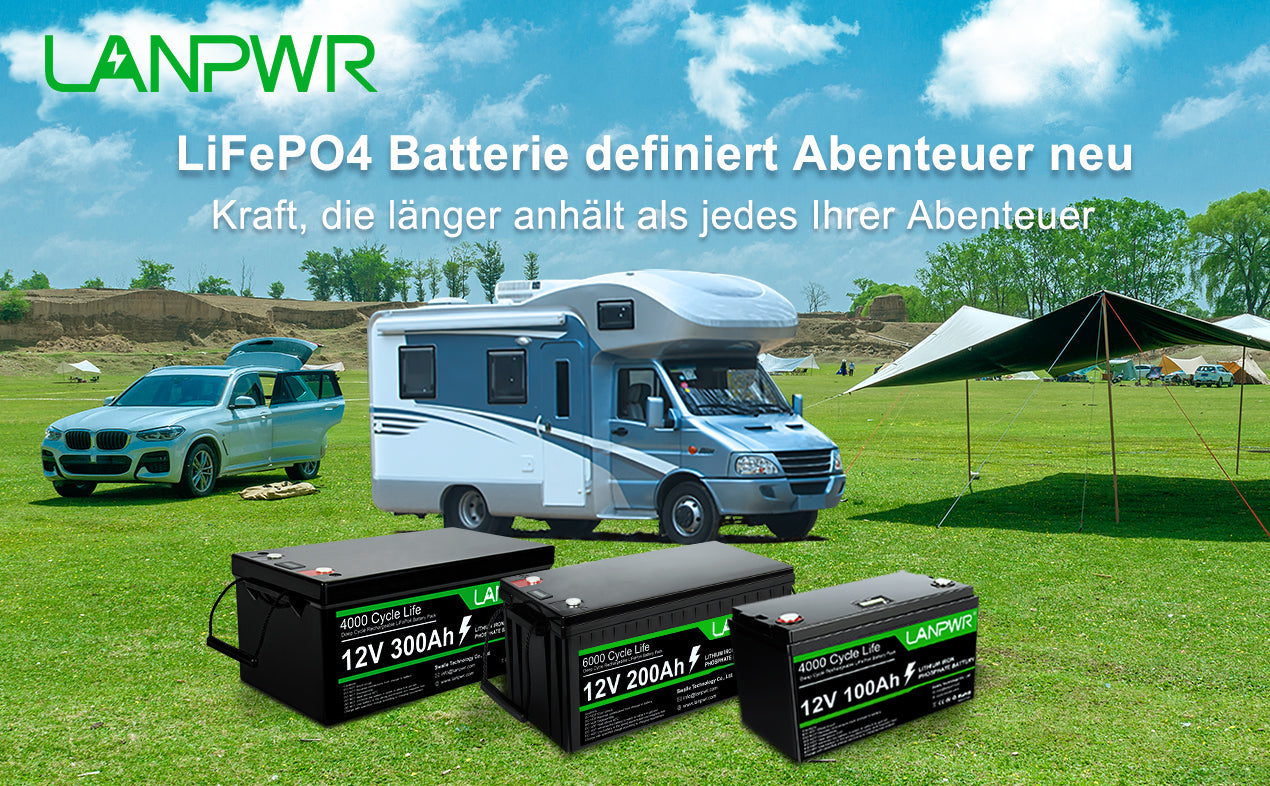Portable power stations can be indispensable additions to a range of activities, from emergency backup and camping trips to hiking adventures and outdoor pursuits. Buyers frequently notice significant price variations between models and brands; this article examines why certain portable power stations tend to cost more and the key factors contributing to these devices' costs.
Factors Contributing to the high cost of portable
- Batteries Capacity and Technology
One of the critical determinants of price for portable power stations is battery capacity, measured in watt-hours (Wh). A higher capacity model will store more energy for more extended duration use or more intensive devices requiring greater power; such models tend to cost more due to the higher cost of higher-quality battery cells required and their higher cost associated with production and distribution.
Pricing depends heavily on the battery technology utilized. Lithium-ion batteries are popular due to their higher energy density and lighter weight compared with older technologies like lead-acid batteries. More advanced lithium iron phosphate (LiFePO4) batteries offer longer lifespans with increased safety features like thermal runaway resistance; however, they tend to be more costly to produce, thus increasing overall power station costs.
- Output Capabilities of Power Output Units
Maximum Power Output, measured in Watts, indicates how much electricity a portable power station can deliver simultaneously. Higher output models can power multiple devices concurrently or handle high-demand appliances like refrigerators or power tools more safely and efficiently; however, engineering devices capable of safely providing such high levels require more robust electrical components and cooling systems, driving up manufacturing costs accordingly.
- Quality and Durability of Materials
Quality and material selection are crucial in constructing portable power stations, significantly affecting costs. Units designed for outdoor use typically feature rugged materials designed for weather resistance and protective casing able to withstand adverse conditions—this, as well as design features like waterproof or dust-proof seals, can significantly raise production costs.
- Inverter Efficiency
A portable power station inverter converts direct current (DC) from its battery into AC used by most household appliances, so its efficiency ratings determine its ability to produce consistent and stable electricity while accommodating an assortment of appliances. Higher quality inverters with improved energy-saving ratings provide more consistent power delivery as they lower energy loss for longer battery life - but these more expensive inverters tend to require additional complexity during production and ultimately increase costs significantly.
5. Additional Features and Connectivity Options
Additional features in portable power stations significantly affect their cost since these features improve the device's usability, convenience, and versatility. Here is an in-depth breakdown of which specific add-on features may affect their respective costs:
Integrated Solar Charging Capability: Many portable power stations come with integrated solar charge controllers, allowing them to be recharged via solar panels. This feature is particularly appealing for outdoor enthusiasts or those seeking an eco-friendly charging option. The inclusion of solar charging technology requires additional hardware and design adjustments, which contribute to a higher cost. 
Multiple Charging and Output Options Units that offer a variety of charging methods (solar, wall outlet, car charger) and diverse output options (multiple AC outlets, USB ports, USB-C, DC carports) provide greater flexibility in how they can be used. This diversity necessitates complex circuitry and more robust construction to handle various input and output demands, driving up costs.
Display and User Interface Advanced displays and user interfaces that provide detailed real-time information on power input, output, battery status, and more add to user convenience and energy management efficiency. High-quality screens and intuitive controls require additional software and hardware components, increasing the manufacturing expense.
Smart Connectivity and App Integration Features such as Bluetooth or Wi-Fi connectivity that allows users to monitor and control the power station via a smartphone app involve the integration of wireless technologies and the development of the app itself. This not only adds to the initial cost but also ongoing support and software updates.
Battery Management Systems (BMS): While basic safety features are standard, advanced BMS are more sophisticated and provide enhanced protection such as temperature control, voltage regulation, and short circuit protection. These systems improve safety and battery longevity but also add complexity and cost to the unit.
Portable Design Elements: Features like lightweight design, compact form factors, carrying handles, or wheels for easy transport generally require high-quality, lightweight materials and thoughtful design. These ergonomic and portable design enhancements also contribute to a higher price point.
Inverter Efficiency: High-efficiency inverters that can handle a higher wattage and provide pure sine wave output (essential for running sensitive electronics) are more expensive than standard inverters. They reduce energy loss, provide cleaner power, and extend the battery's usable life, but they require more sophisticated technology and materials.
Fast Charging Technologies: The ability to quickly recharge the power station is highly desirable. Fast charging technology can significantly reduce downtime between uses but requires advanced circuitry and higher-quality components to manage the increased power throughput safely.
Environmental Protection: Additional features like waterproofing, dustproofing, and shock resistance make a power station more durable and suitable for rough environments. These protective measures require special materials and design techniques, which increase production costs.
- Safety Features
Safety features such as battery management systems (BMS), overload protection, temperature controls, and circuit breakers are critical for preventing accidents and ensuring the longevity of the device. The inclusion and sophistication of these safety systems can have a significant impact on the price, as they require additional components and testing to meet safety standards.
- Brand Reputation and Support
Well-established brands with strong reputations often charge more due to their proven track record of reliability and customer satisfaction. Additionally, these brands typically offer comprehensive warranties, responsive customer service, and accessible repair services, which are factored into the product’s price.
Final word
When choosing a portable power station, it's essential to consider your power needs, the features you require, and your budget. While some portable power stations may be more expensive upfront, they can offer greater reliability, performance, and convenience in the long run. By understanding the factors that contribute to the price differences, you can make an informed decision and select a portable power station that meets your specific requirements.














Leave a comment
This site is protected by hCaptcha and the hCaptcha Privacy Policy and Terms of Service apply.